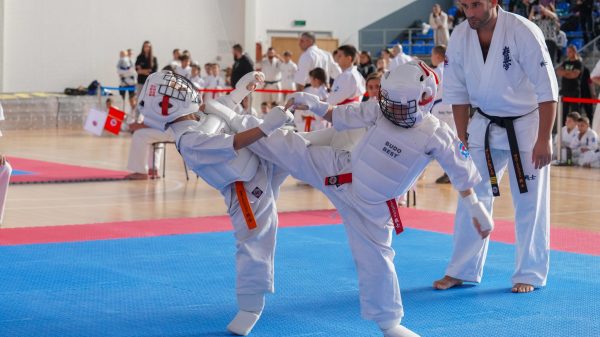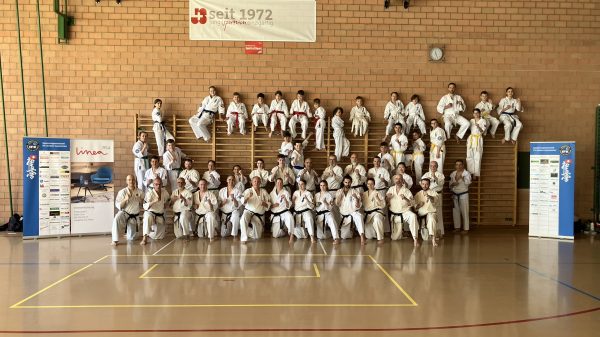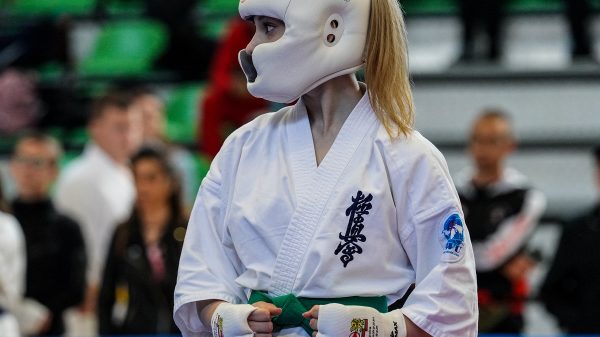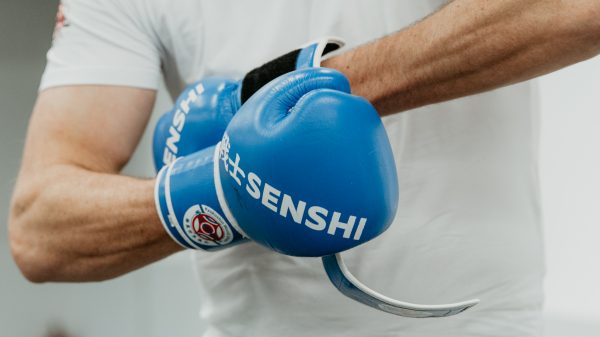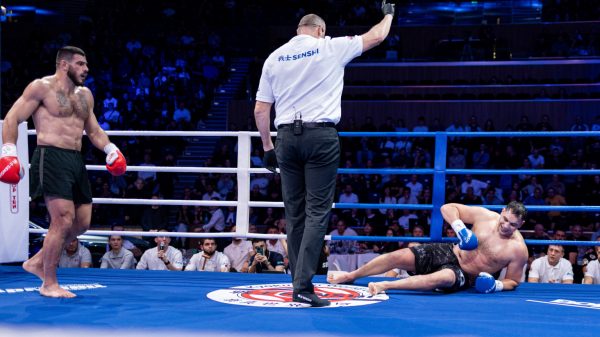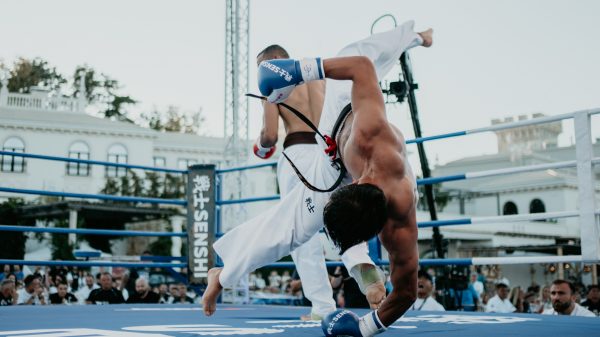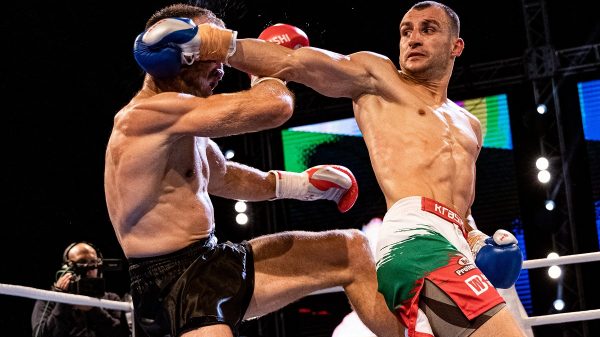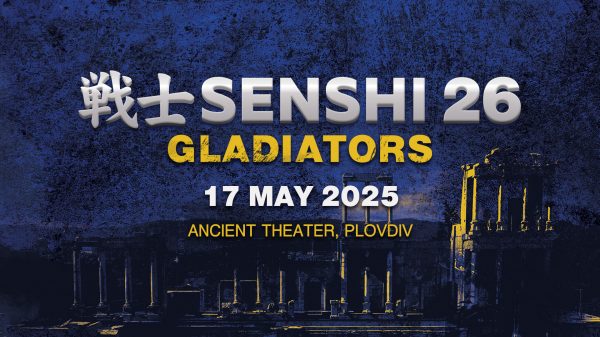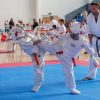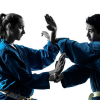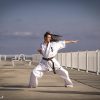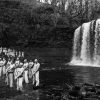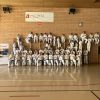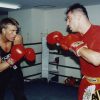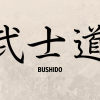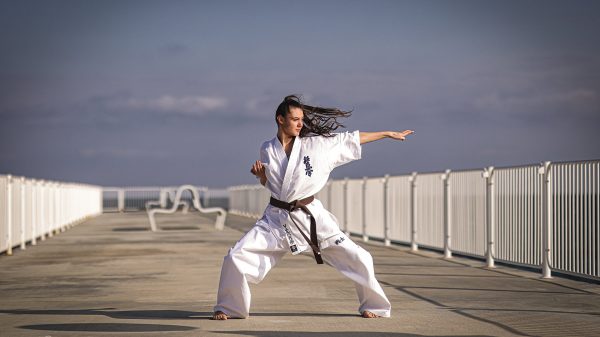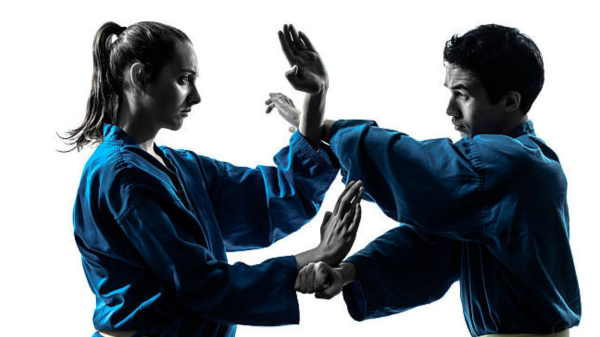Do you want to have the speed of Bruce Lee? Do you want to improve your speed and agility for karate or any martial art?
Well, in order to obtain and maximize this speed and power, you must look past training muscles and into the nervous system. Complex training is a highly effective training method used to enhance your ability to jump higher, hop or run faster, punch quicker, kick more rapidly, or be more agile instantly! Incredibly, it enhances athleticism across the board.
Complex training involves pairing 2 exercises similar in their biomechanical movement patterns., For instance, a squat and vertical jump or a deadlift and box jumps, etc. Complex training is meant to improve the speed and power of your dynamic/plyometric exercises.
The first exercise is the priming or potentiating movement. It is a weight-loaded movement where you will do 85-90% (between 3-5 reps) of your 1 rep max. The first exercise is used to supercharge your nervous system, to produce a greater than maximal effort for the second exercise. This primes the nervous system to produce a faster and more explosive dynamic/plyometric movement.
The second exercise is a dynamic explosive plyometric movement. This movement is usually unloaded but can be slightly loaded. The second exercise uses the supramaximal potentiation developed from the first exercise to produce a more explosive dynamic/plyometric movement than what you can do normally.
Complex training is great because it is quick and can be done one or two days a week with about 72 hours of rest in between the workouts.
Also, it is excellent to train sport-specific movements. For martial artists who train speed and power regularly, contrast training is time-efficient and combines the two into a single workout. When training your nervous system, you don’t need to train so much because it is more sustainable for speed and transferable for your sport.
Complex Training Routine
1st exercise- do 3-5 Reps of 85-90% one-rep max (3-5 reps).
Rest 10 seconds to 2 minutes between exercises.
2nd exercise fast and plyometric.
Rest 3 minutes after each set.
The rest periods between and after the exercises will vary depending on the type of martial art or training you do. Complex training is great for long-term maintenance speed and power, especially during competition season.
The first exercise loads, so, load. The second movement needs to be fast. So, go fast!
Examples of Complex Training
The first exercise is the primer. The second is dynamic.
Squat/ Vertical Jump
Alt. Lunge/ Alt. Split Lunges
Deadlift/Box Jumps
Weight Loaded Hops/ Hops
Deadlift/Kettlebell Swings
Resistance Band Pushup/Plyometric or Speed Pushups
Pullups/ Resistance Band Skier
Back Rows/Bent Over Rows
The 3-5 reps for the first exercise cannot contribute to fatigue. If they contribute to fatigue, then the neural potentiation and muscular strength potential will be diminished and/or be lower for the second exercise because the negative feedback system for fatigue will be activated. The objective is to find the peak of stimulation and no more. Doing 3 reps of a 5-rep max is perfect. People often are not successful with complex training because they train it like strength or go to failure reps or the last rep becomes challenging. You are not training strength in complex training. You are training speed and power.
Do as many sets as you can until fatigue sets in. When the results diminish, stop.


